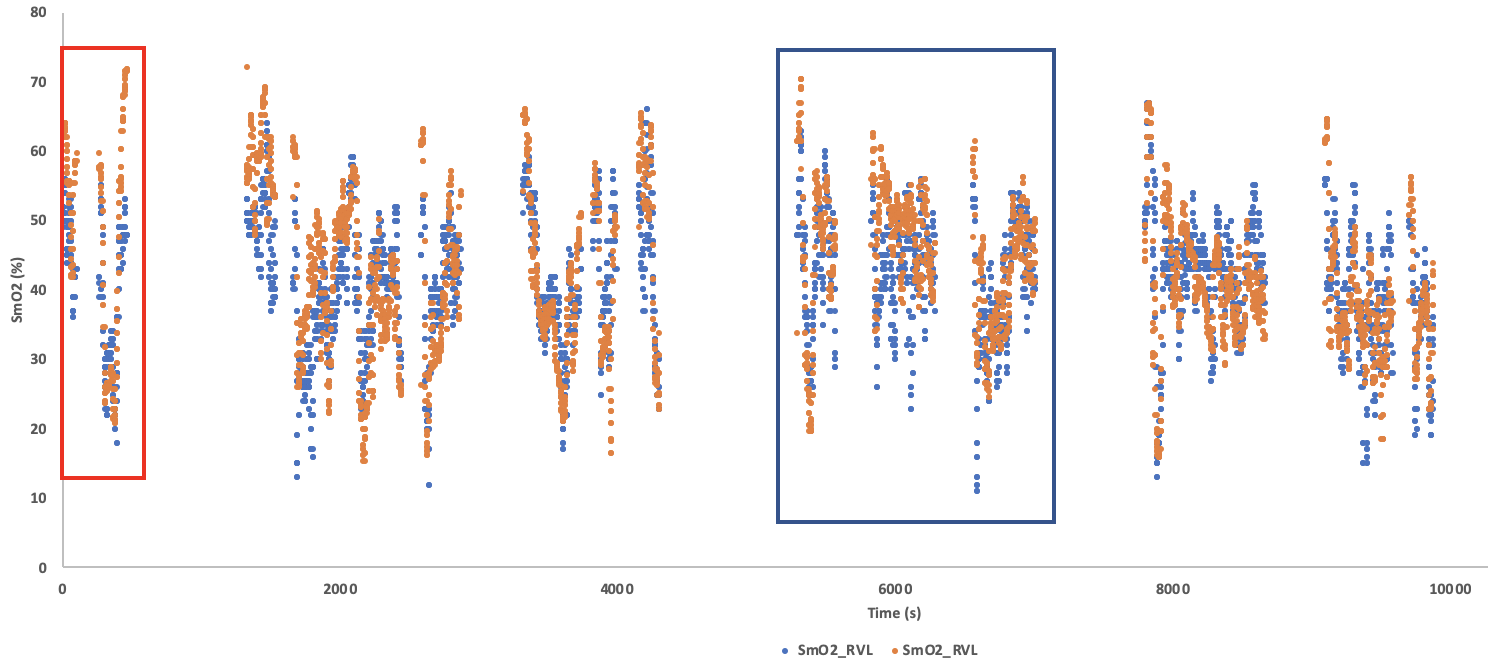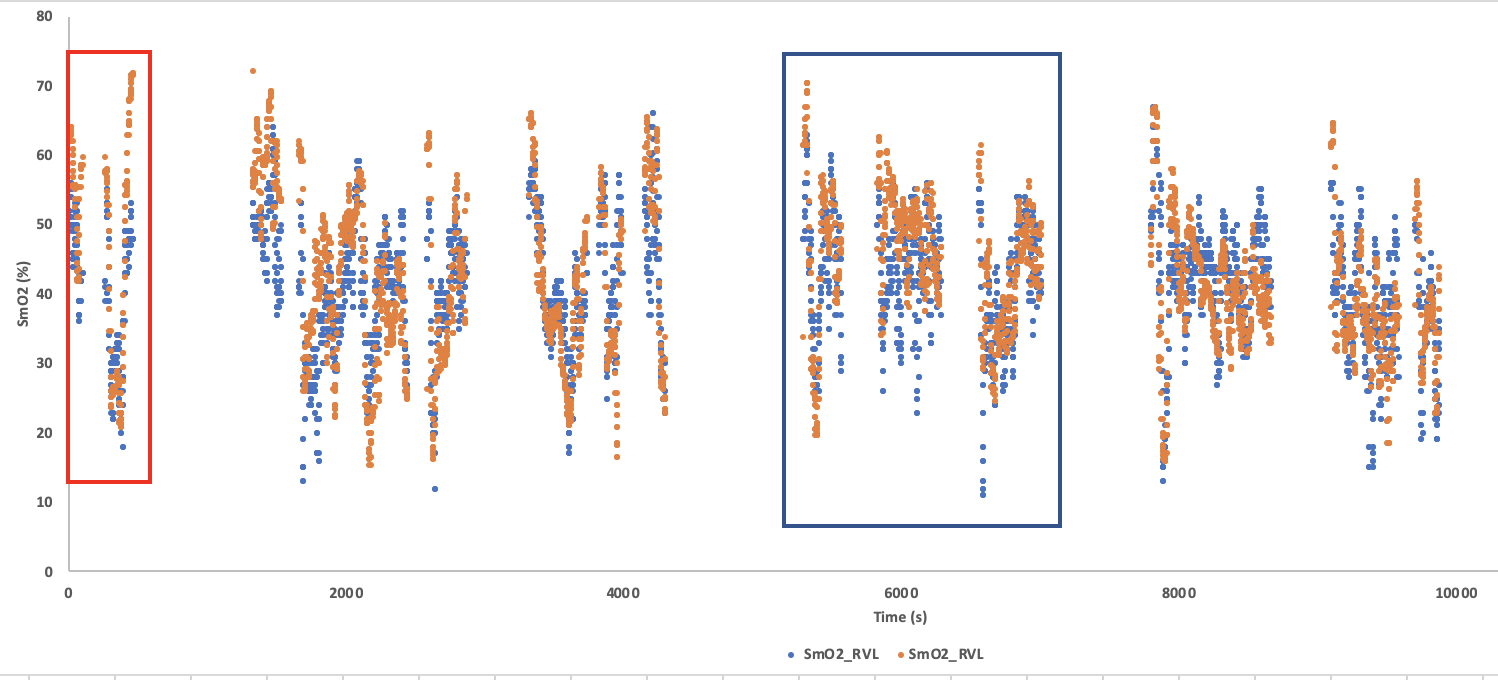Identifying Unilateral Differences During Cycling with Moxy
Injuries are one of the major causes of stagnation or lack of progress during training. I am sure many of you have been there, you are working very hard towards your next big goal race, then, during one of your major training sessions you feel the start of a dull ache in the front of your knee. Your first thought is “Oh it’s nothing, just a little soreness from all the hard work I have been putting in.” The next day you can barely walk without shooting pain from your knee to your hip. You take a day off, rest, ice, and foam roll, and next thing you know it’s been three weeks of no concerted training. The next time you complete a solid training session you feel as if you lost ALL of your progress. Any athlete who has trained for an extended period of time has experienced the pain and disappointment of an overuse injury. For those of you who have experienced this the main recommendation from most coaches, trainers, or doctors, is to get more rest and don’t push yourself as hard. Essentially, you need to recover harder and smarter. While I believe that proper rest and recovery is EXTREMELY important to longevity in any athletic pursuit, I don’t think it’s the only piece of the puzzle, especially if you continually get injuries only occurring on one side of the body. The prediction of an overuse injury is almost impossible and it’s extremely challenging to identify how or why these types of injuries occur. While I have written a lot about using Moxy to dictate training I want to start to explore how Moxy could be used to identify unilateral differences in muscle oxygenation, and how this could be used to prevent or potentially identify weaknesses that could cause overuse injuries.
NOTE: Moxy is not a medical diagnostic device and all of what I am writing is strictly anecdotal, I am not a doctor so please consult a physician or licensed professional for the proper diagnosis or treatment of any injury or ailment.
Recently, I have been able to test and use multiple Moxy Monitors during my training. Being able to gain insight to what is occurring in two different muscles in real-time has really sparked my interest in using the devices to monitor differences in the same muscles on different legs. The first example I am going to share is from a mountain bike ride I recently completed. By no means is this the most controlled situation for identifying differences in the legs but for most of us using Moxy during real-world situations like riding or running outside is more conducive and applicable to how our bodies will respond during races.
The set-up is fairly straight forward, I affixed one Moxy on each vastus lateralis in as close to the same spots as possible with porous stretch tape. In outdoor situations it’s also a good idea to wear long enough cycling shorts so they cover the Moxy, limiting the amount of light that could be potentially reaching the sensor.
I rode for ~3 hours stopping periodically to rest or because we got lost. Below is a graph of the ride, the blue is SmO2 from the right leg, orange is from the left leg. Overall, you can see that the SmO2 follow the same trends, however there are some differences I want to highlight.

The first highlight (from the red box) I want to make is during the beginning of the workout it seems that my right leg warms up faster than the left, this is illustrated by the increase in SmO2. This results in an SmO2 of 72% in the right leg and 53% in the left. The next highlight (from the blue box) I want to make is the difference between SmO2 during this time period. It appears that the right leg is having trouble fully desaturating. This could be due to the left leg working harder through discrepancies in the pedal stroke. These two pieces of information illustrate to me that there COULD be differences between the VL of the two legs. The next step would be to try to get a better understanding by doing a ramp test indoors in a controlled environment. In summary, using Moxy monitors on each leg could provide insights to differences between the legs and how they de/re-oxygenate, this could be an important first step in identifying issues that could arise with weeks/months of consistent hard training.

